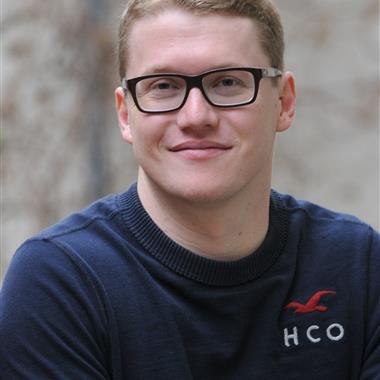Preparation of heat inactivated OP50 bacteria:
Inoculate 100 mL LB medium in a sterile 200 mL glass flask with a colony of OP50. Incubate over night at 37°C on a shaker.
On the next day, concentrate the bacteria by splitting the culture into two 50 mL Falcon tubes. Centrifuge at 4000g for 10 min. Discard supernatant of one of these two tubes. Reduce supernatant of the other tube to 10 mL, resuspend pellet, transfer suspension to the second tube and resuspend that pellet as well (10-fold concentration in total).
Heat-inactivate 100 µl of the concentrated OP50 suspension for each sample in a microcentrifuge tube by incubation at 75°C for 40 min on a heating block.
Pulse-labelling:
Pick exactly 50 synchronized C. elegans into 100 µl S-basal in a microcentrifuge tube. Gently pellet the worms and wash two times with S-basal.
Incubate worms in 90 µl S-basal medium supplemented with 0.5 mg/mL puromycin (Invivogen, Cat# ant-pr-1) and 10 µl concentrated heat inactivated OP50 (see above) in a microcentrifuge tube for 3 h at 20°C in a heating block. Manually resuspend worms by snipping the tube every 20 - 30 min.
Negative controls: Worms without addition of puromycin or pulse-labeling at 4°C instead of 20°C.
Western Blot:
Remove labelling solution by gentle centrifugation. Wash worms 2x with S-basal.
Homogenize worms in 20 µl SDS loading dye (60 µM Tris/HCl pH 6.8, 2% SDS, 10% glycerol, 0.0125% bromophenol blue and 1.25% β-mercaptoethanol) with a pellet pestle (Sigma Aldrich) for 1 min. Spin down.
Heat samples to 95°C and load on 4-15% Mini-PROTEAN TGX gel (BioRad) in Laemmli-Buffer (25 mM Tris, 250 mM glycine and 0.1% SDS). Run at 200 V.
Transfer protein bands to PVDF-membranes (Bio Rad) at 25 V and 1.3 A for 3 min.
Block with 3% non-fat dry milk in PBS.
Incubate the membrane overnight at 4°C with a mixture of anti-Histone H3 (rabbit polyclonal, Abcam, Cat# ab1791, RRID:AB_302613, 1:4000 dilution) and anti-puromycin (mouse monoclonal, Millipore, Cat# MABE343, RRID:AB_2566826, 1:10000 dilution) in 3% non-fat dry milk in PBS.
Wash 3x with PBS + 0.1% Tween-20.
Incubate the membrane with a mixture of Anti-Rabbit-IR-Dye 800 (donkey polyclonal LI-COR Biosciences, Cat# 926–32213, RRID:AB_621848, 1:10000 dilution) and Anti-Mouse-IR-Dye 680RD (donkey polyclonal, LI-COR Biosciences, Cat# 926–68072, RRID:AB_10953628; 1:10000 dilution) for 1 h at room temperature.
Wash 3x with PBS + 0.1% Tween-20.
Scan the membrane on the Odyssey Infrared Imager (LI-COR).
Quantify the band intensities using Image J (version 2.0.0-rc-65/1.51 w; Java 1.8.0_162 [64-bit]). Quantification of Western Blot using Image J was performed according to https://lukemiller.org/index.php/2010/11/analyzing-gels-and-western-blots-with-image-j/ (detailed information available). For Histone H3, the specific band was quantified. For puromycin, the whole lane was quantified.
This protocol was adapted from:
Tiku V, Kew C, Mehrotra P, Ganesan R, Robinson N, Antebi A. Nucleolar fibrillarin is an evolutionarily conserved regulator of bacterial pathogen resistance. Nat Commun. 2018 Sep 6;9(1):3607. doi: 10.1038/s41467-018-06051-1. PMID: 30190478; PMCID: PMC6127302.

